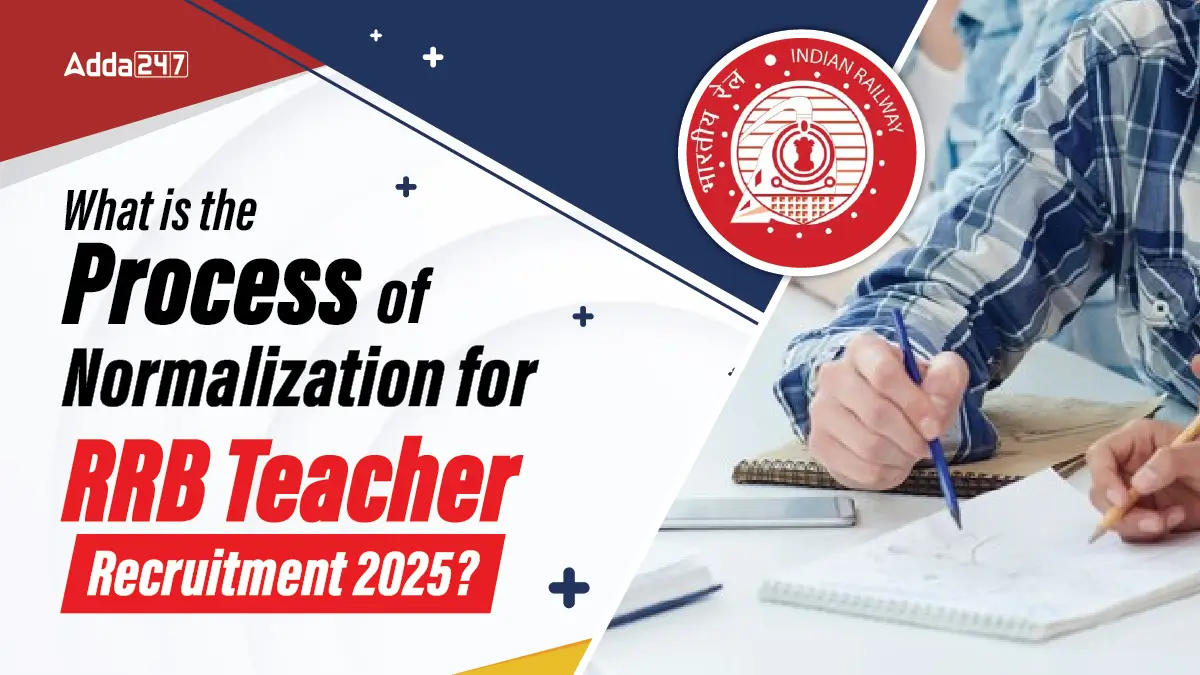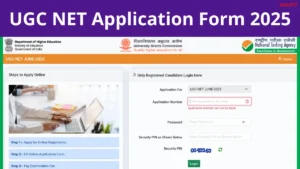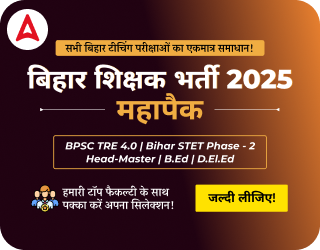Table of Contents
The Railway Recruitment Board recently released the Railway Teacher Vacancy 2025 officially recruiting candidates for various teaching roles. The application window is now open, and aspiring candidates are encouraged to apply promptly. Unlike other teaching exams, the RRB teaching exam involves a much larger competition, which often causes considerable stress about passing the exam for many applicants. To address this, the RRB teacher normalization process ensures fairness in the evaluation process.
As a large-scale examination catering to numerous candidates, the RRB will conduct the teaching exam across multiple shifts. Each shift will feature different question papers, varying in difficulty from high to moderate or easy. Such disparities in question paper difficulty can significantly impact the scores and chances of success for many candidates. The RRB employs the normalization process to address this issue and ensure fairness. To prevent this, the RRB uses the normalization process to evaluate all candidates fairly, regardless of the shift they attend. In this article, we will be discussing the RRB teacher normalization process in 2025.
What is the Process of Normalization for RRB Teacher Recruitment 2025?
The RRB teacher normalization process 2025 is designed to ensure fairness in exams conducted in multiple shifts. The Process is implemented to ensure a fair evaluation of candidates across multiple exam shifts. Since the CBT exam in RRB teacher vacancy 2025 is conducted in different sessions with varying difficulty levels of question papers, normalization helps balance these differences. The Railway Recruitment Board uses a percentile equivalence method to convert raw scores into normalized scores, ensuring that candidates from all shifts are evaluated on an equal level.
Step-by-Step RRB Normalization Procedure
The RRB teacher normalization process 2025 is designed to ensure fairness in evaluating candidates who appear in multiple shifts. Since each shift may have different levels of difficulty in the question papers, the normalization process standardizes the scores across these shifts, making sure all candidates are assessed fairly.
- Distribution of Candidates Across Shifts: Candidates appearing for the exam are randomly divided across multiple shifts. Each shift has a unique question paper, which may vary in difficulty.
- Calculation of Percentile Scores: The percentile score for a candidate is calculated by dividing the number of candidates who scored the same or less than the candidate by the total number of candidates in that shift. This result is then multiplied by 100 to express it as a percentage. A higher percentile means better performance compared to others in the same session.

- Combining Percentile Scores: Percentile scores from all sessions are compiled to generate a standardized normalized score. This ensures fair comparison and evaluation, regardless of the difficulty level of the session attended by a candidate.
- Preparation of Final Results: The normalized scores are used to determine the final merit list, and cut-off marks, and to shortlist candidates for further rounds such as the Performance Test, Teaching Skill Test, or Document Verification.
Factors Affecting the RRB Teacher Normalization Process
Several factors influence the RRB teacher normalization process to ensure fairness across shifts. These factors account for variations in question paper difficulty, number of candidates, and other aspects that might impact the final scores.
- Difficulty Level of the Exam: If one shift has a more difficult set of questions compared to others, the normalization process adjusts the scores to compensate for this difference. This ensures candidates in different shifts are evaluated on a level playing field.
- Number of Candidates in Each Shift: The number of candidates appearing in each shift can impact the normalization process. A shift with more candidates may require adjustments in percentile scores to ensure consistency across all shifts.
- Statistical Methods Used: The statistical techniques applied during the normalization process play a crucial role in ensuring fairness. These methods help calculate normalized scores accurately and adjust for any biases introduced by varying shifts.
- Variance in Raw Scores: Variations in the raw scores of candidates across different shifts can affect normalization. If one shift shows an overall higher or lower performance, adjustments are made to bring the scores on a comparable scale.




 UGC NET Application Form 2025 Starts for...
UGC NET Application Form 2025 Starts for...
 Can DELED Qualified Candidates Apply for...
Can DELED Qualified Candidates Apply for...
 KVS Recruitment 2025 Out, Check Kendriya...
KVS Recruitment 2025 Out, Check Kendriya...














